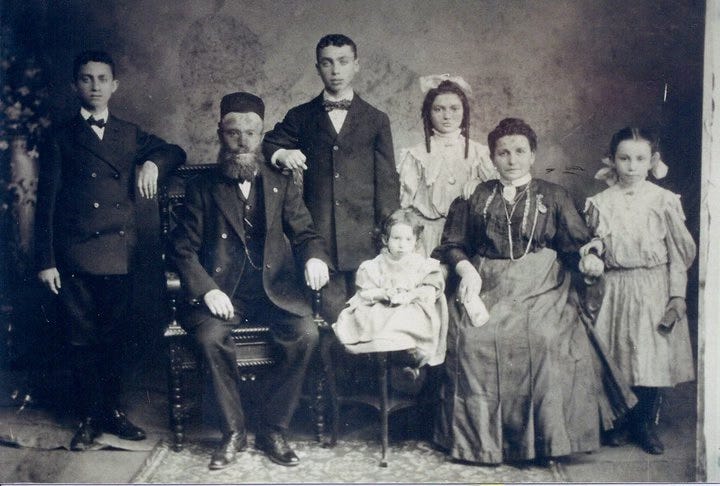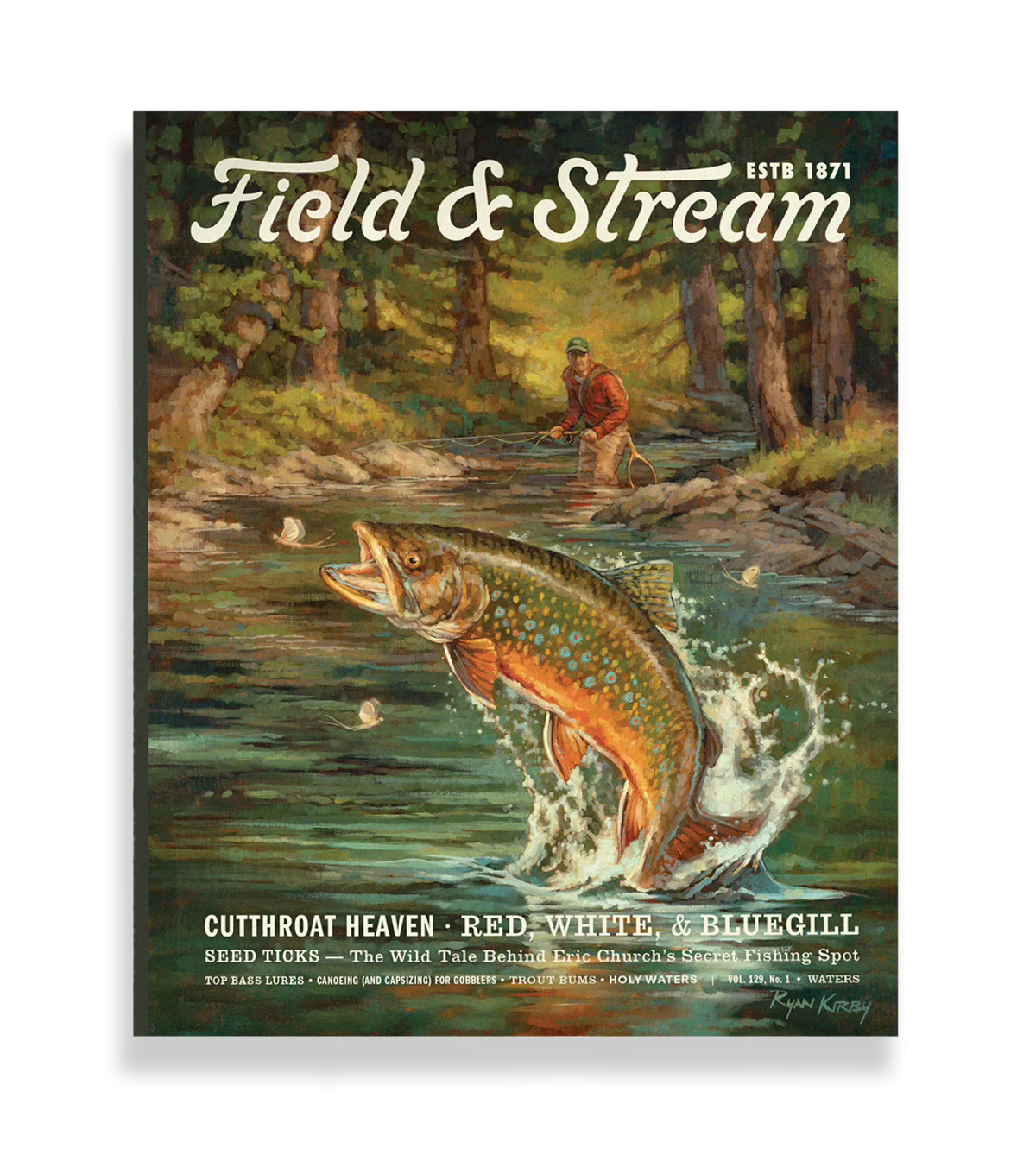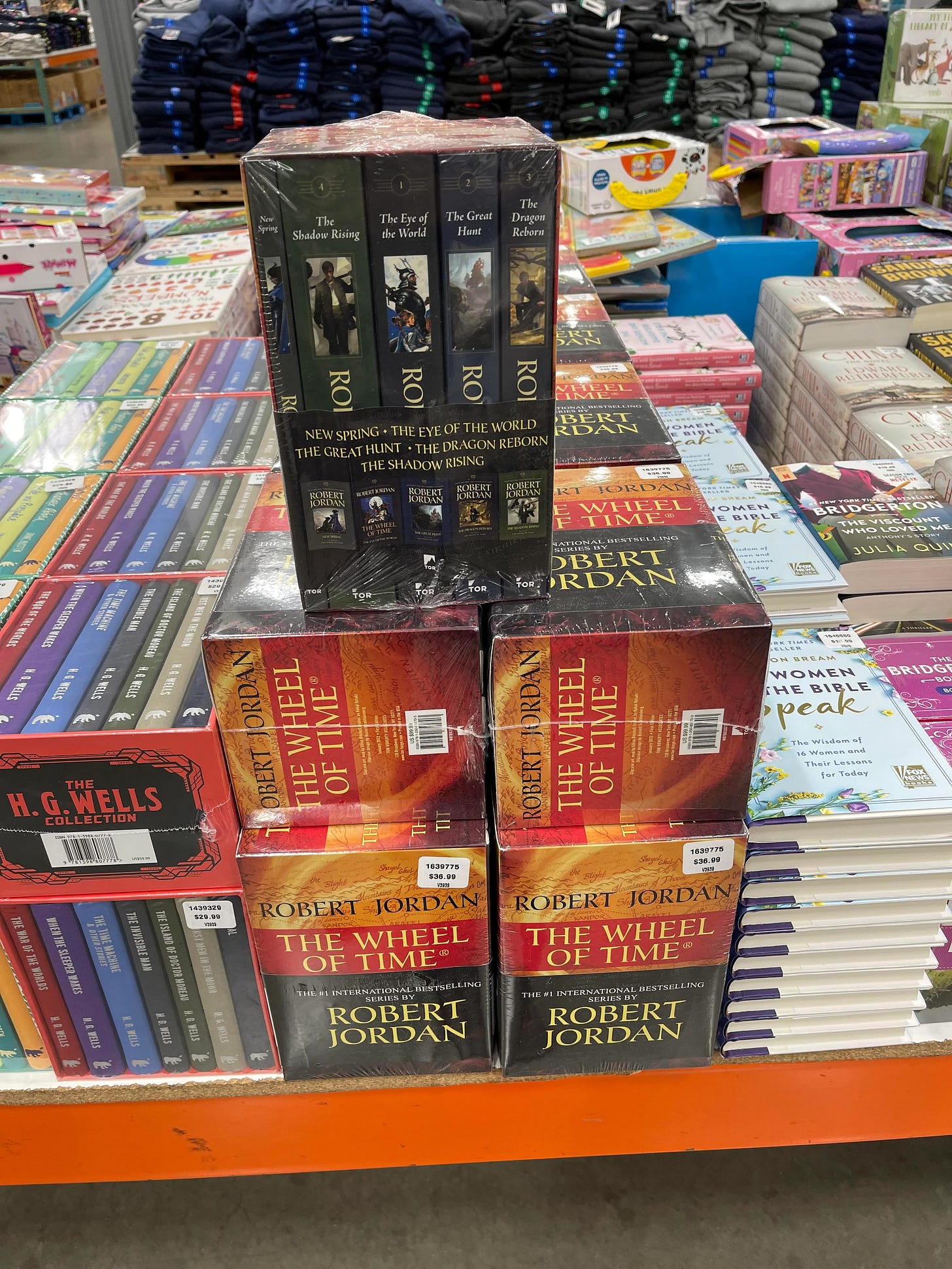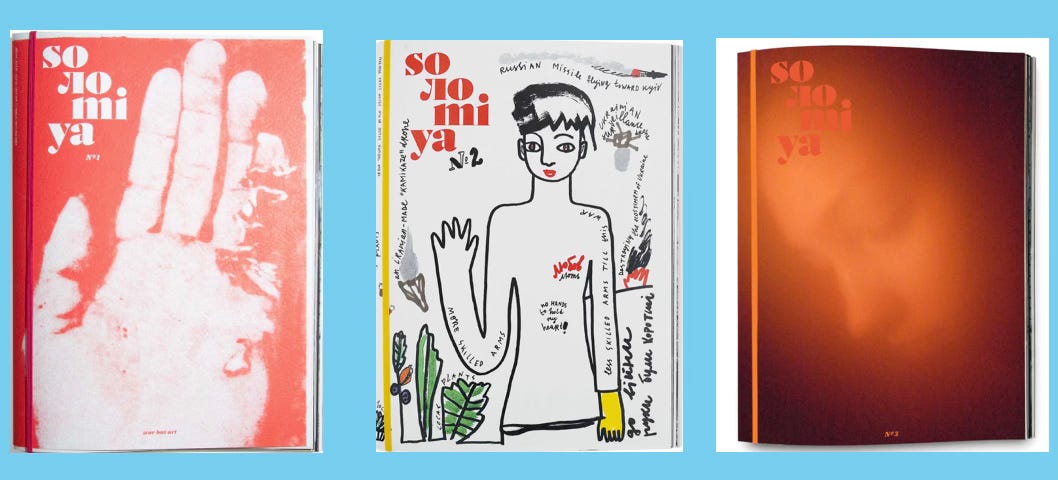I am named for my great grandfather, Gershon. His family came from a small town in central Ukraine. How long they lived there and where their ancestors may have come from is something more speculative. At the turn of the century, Russian Cossacks made life for Gershon’s family unsustainable and they, and as family legend has it, a large part of the town packed up and headed east to find passage to America. My grandfather, Samuel, who was then a young boy, was among many of the other family members who made that trip. Gershon knew a bit about textiles and he wound up working in textile mills in north eastern Massachusetts.
My Dad was a first generation American and his side of the family mostly orginated from Eastern Europe. My mother’s side of the family was second generation and had emigrated from Central and Western Europe. One of her Aunts was reported to have wailed, “Oh! A mixed marriage,” when my parent’s engagement was announced.
We Americans have long been accused of being too inwardly focused. We think that our part of the North American continent is pretty much it when it comes to the world. According to my good friend Siri, I now live almost 2,000 miles from the place I grew up in but I’d still have a long trip if I wanted to see the Pacific Ocean. The United States is huge and the internet and high speed streaming is a recent development. So, perhaps we can be forgiven for not thinking too often about the rest of the world.
For much of my life, I think I was like a lot of other Americans of European descent. I had a vague awareness of where my grandparents or great grandparents had come from, but rarely gave it much thought. But recent developments in the world, quick access to international news and some artful family tree research by my brother has brought me closer to my roots. The invasion of Ukraine by Russia in 2022, made me stop and think, “People I’m related to came from there.” It made me ask, “What was life like there before the war? What is it like to live in a war zone? What is happening there now? Do I have any distant relatives still there and what may have happened to them?”
I reported on the launch of Solomiya Magazine and some other pretty brave Ukrainian publications back in 2022 when Russia invaded that nation. What must it be like to try and create magazines in a land where there is a war going on? What is it like for reporters, editors, even people working on the business side of a publication? How can it be possible that a year from now, there may still be a war going on?

one__Beyond Noise Magazine from the UK is a pretty different look for a women’s fashion title
I really loved finding this article and reading about this magazine. It’s a wonderful demonstration of the creativity to be found in the indie world and how your perception of what a magazine is: print or digital, can go in so many different directions.
Beyond Noise is a bi-annual. Not so different from a lot of indie titles. But each issue will cost you $95.00. What do you get for that? The issue is divided into two parts: Beyond - a photo book, and Noise - the magazine filled with features and interviews. It’s all enclosed in a slip case. So, I think it’s worth $95.00.
two__Field & Stream Magazine returns to print
If you were working in the newsstand sales world back in the day and you had a second, or third (or in my case when I was a newbie, a fourth) tier title, you would compare your publication to two of the leaders in the category: Field and Stream and Petersen’s Hunting.
Founded in 1895, this 129 year old title has a story like so many other long lived and loved American magazines. Founded initially by enthusiasts, the publication was sold to a larger company that was eventually bought up by CBS and then sold in a leveraged buyout and then sold again to another conglomerate that cut its frequency and then sold again to a venture equity company. What was left of this storied title was finally purchased by country music musicians Eric Church and Morgan Wallen in January of this year.
The new owners are bringing back the print side. But I love the thinking that has gone into this newly relaunched print magazine. This will not be a monthly or bi-monthly title. You will not find it on the US newsstand (or any other newsstand for that matter). You can buy a single copy from the website, or, belong to the 1871 Club (part of Field and Stream) and get the magazines as part of your membership.
The new Field and Stream is physically bigger: 11X14 and 120 perfect bound pages. A single copy will cost you $24.99. The 1871 Club membership has three tiers ranging from digital only to a premium program that includes the magazine plus welcome gifts and access to discounts on gear and musical festivals.
three__Powell Books in Portland looks to be on the mend
It’s not only magazines that are having a rough go of it. Over the past decade the bookselling business has not been that easy either - in spite of the growth of so many independent bookstores.
Long time small chain Powell’s Books struggled in the second half of last year with an employee walk out on Labor Day and a long labor negotiation that finally led to a new contract in December 2023.
A recent post in the bookseller newsletter Shelf Awareness announced that Powell’s recently acquired a loan that will help them revamp their site and make a number of investments to upgrade their stores. They also sponsored a warehouse sale last weekend that created a mile long line of customers waiting to get in and resulted in the sale of 40,000 books.
Fun fact: My work over the years has taken me to 47 of the lower 48 states. The only one I’m missing? Oregon. First thing I’m going to do when I get to Portland is go to Powell’s.
four__Costco will stop selling books year round…
There’s an obvious upside to having some consolidation when you’re selling something at retail. One or two big buyers means that your orders consolidate and you have fewer warehouses or stores to ship to. The order that comes in is nice and big and juicy when it comes in.
Of course, that is also the downside to consolidation. If, for example, that giant retailer suddenly says, “Nah, we don’t want to mess with you anymore,” you’re pretty much, well, you know, screwed.
A few years back before the pandemic, I could sell thousands (And I mean thousands) of copies of one issue of a client magazine in a Costco store. Then the pandemic happened and no more Costco distribution because they didn’t want to do magazines anymore.
We were never able to replace those sales.
And now, it’s the book industry’s turn. They’ll still get to sell books during the holidays, but that’s it. According to multiple reports, the big issue is the labor required to sell the publications and the constant turnaround. Warehouse businesses want to sell down a whole pallet. When they restock, they want to restock a pallet. Not a table.
five__From Stack: Solomiya contemplates the end
I remember that shortly after the launch of the Russian invasion of Ukraine, I was taken by an article about Marie Claire Ukraine, which transformed itself from a fashion magazine into war correspondence mixed with tips on how to survive in a war zone.
Enter Solomiya, an independent publication created by young artisans and writers in Ukraine and designed to tell the story of what life is like while living in a country during a time of war.
Stack Magazines’ Steve Watson posted a thoughtful piece on the Stack blog about the evolution of the magazine and what the future may hold. Please visit the magazine’s site and consider picking up a copy.
Your moment of magazine zen…
I hope you enjoyed this newsletter. Please “Like” and subscribe. You’ll get a brand new release in your email in-box most Tuesdays (Or sometimes Wednesday if things get a little hectic around here).
I’m always open to a discussion about virtually anything (Except beets. I don’t like beets and there’s nothing else to say about them.) so please feel free to click on “Comment” and start a discussion.
Want to find me on the social sites?
My Instagram link is here.
I’ve been known to put on a suit and tie and comb my hair. Here’s my LinkedIn profile if you want to see me looking all professional.
BlueSky reminds me of an early, slightly less vulgar Twitter. There looks to be a lot of good authors and indie writers there. If you’re there and want to look me up, here’s where you might find me.
We haven’t heard from our favorite stressed out team of magazine media marketers but that’s because they’ve been locked up in Conference Room B working on some top secret projects. But there’s a new CMO in town (Again) and sometimes secret projects get tossed out for new secret projects. Let’s be a fly on the wall and see what Veronica and her team are up to…

That’s all I’ve got for you this week. Have a great one. May your meetings be short, your emails succinct and your icy summer refreshments be tasty.









Thanks Joe. I loved your first issue written west of the Mississippi!